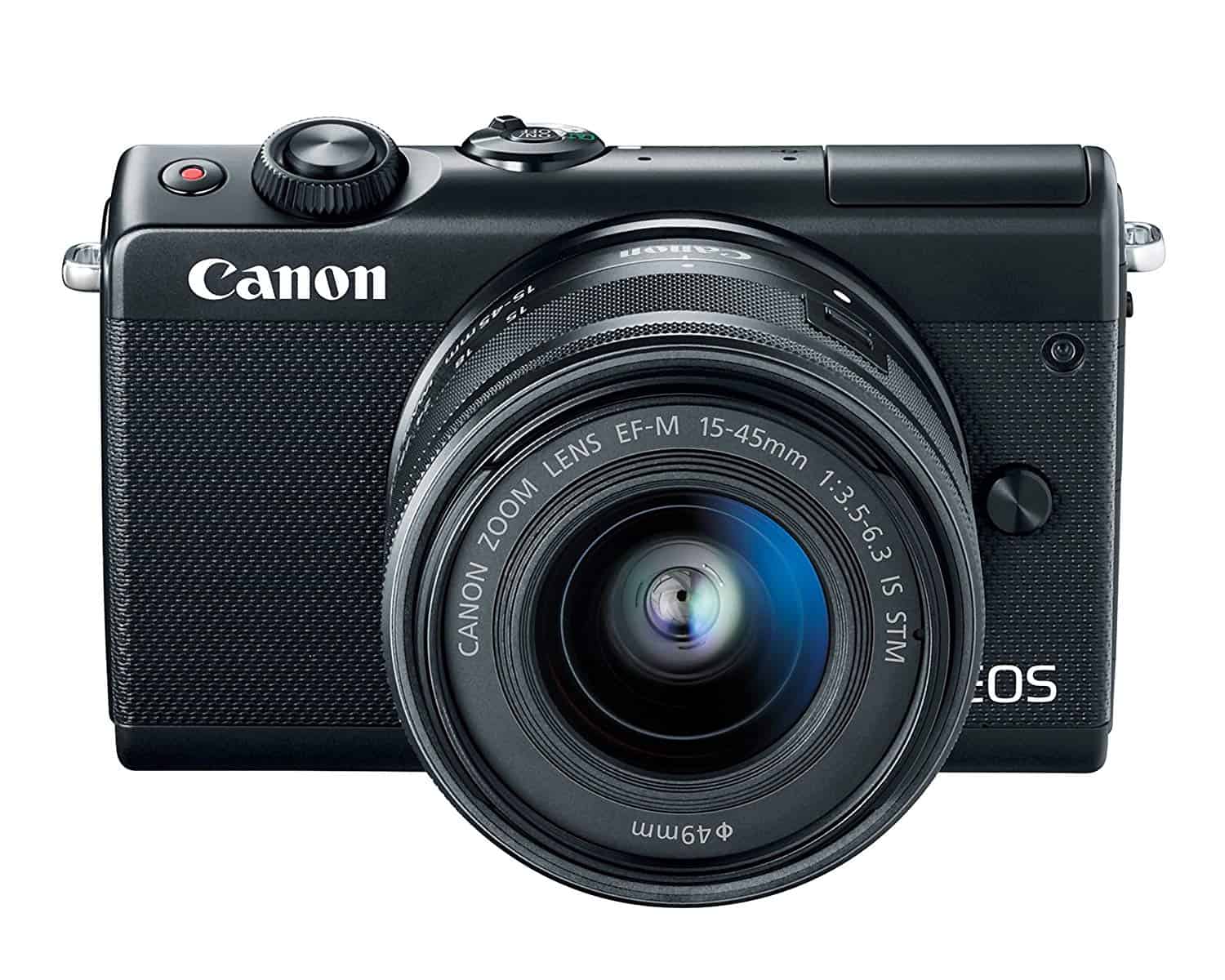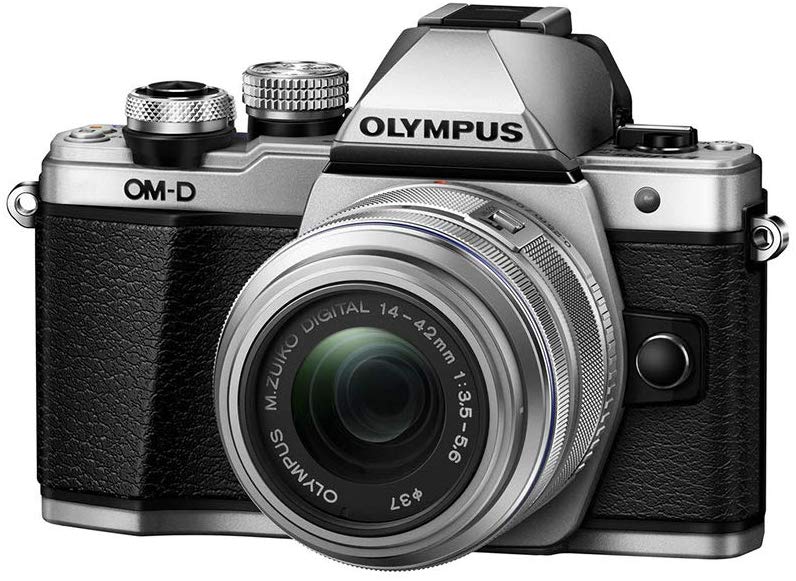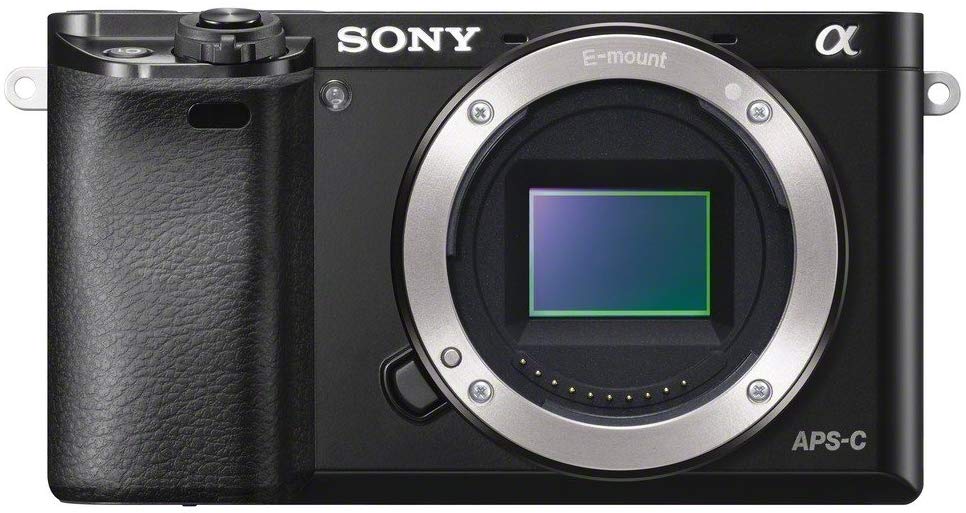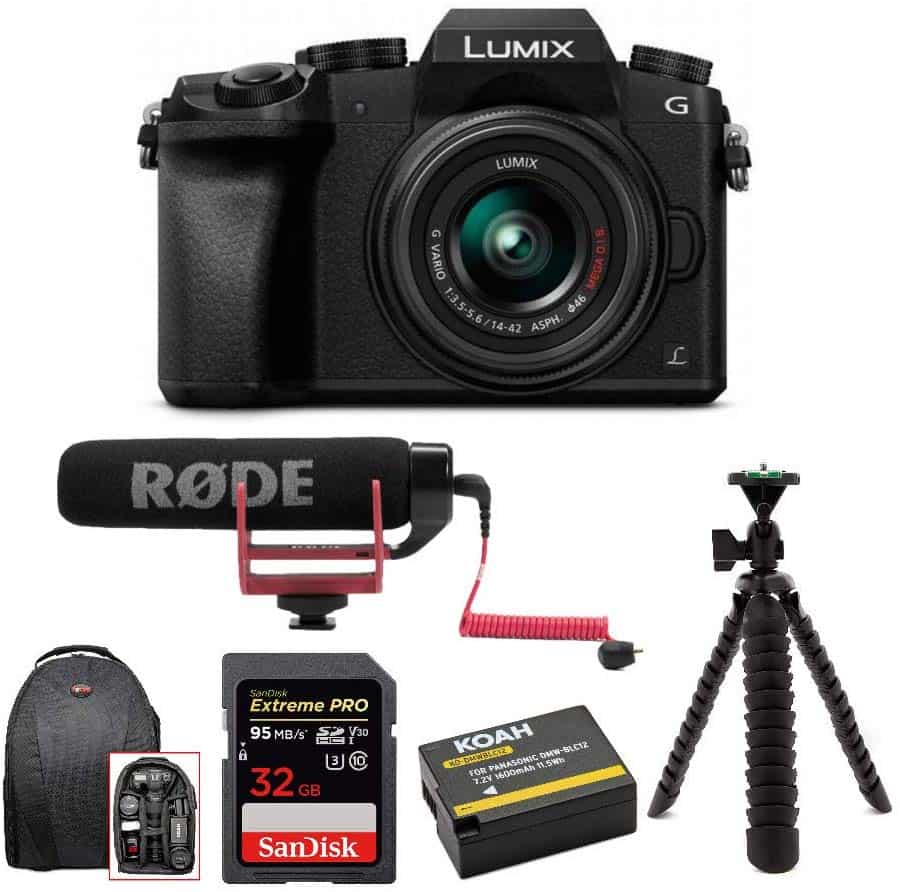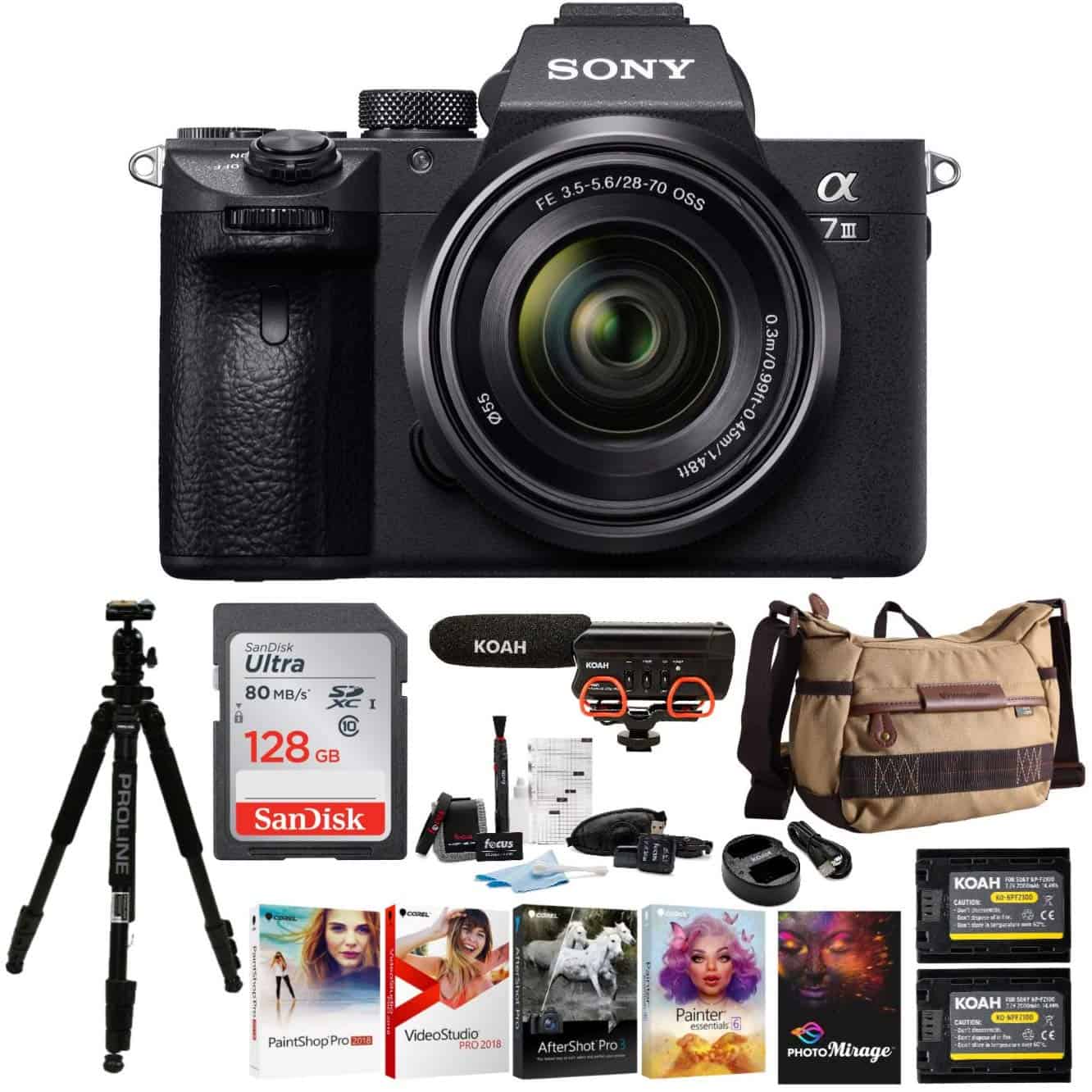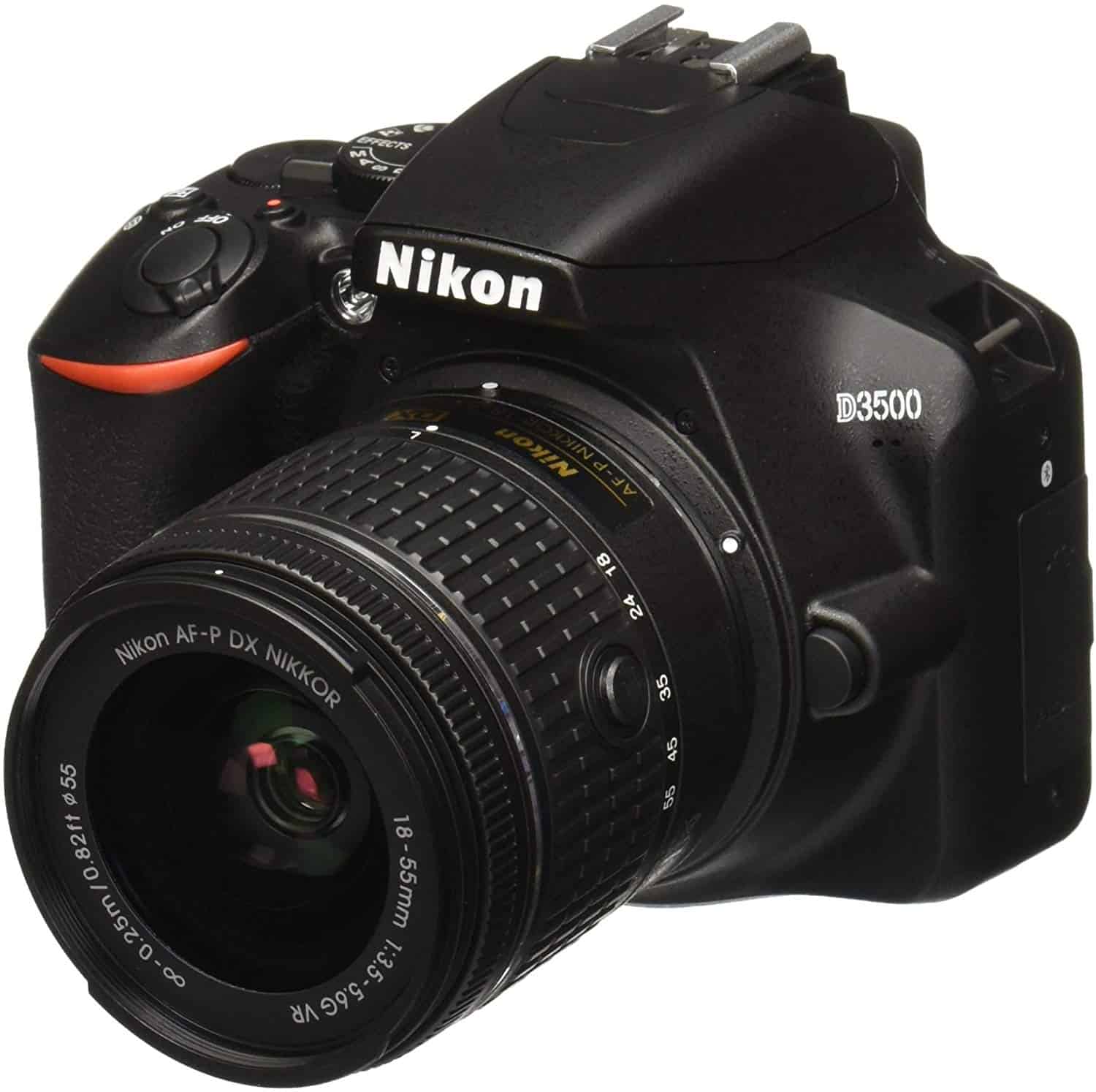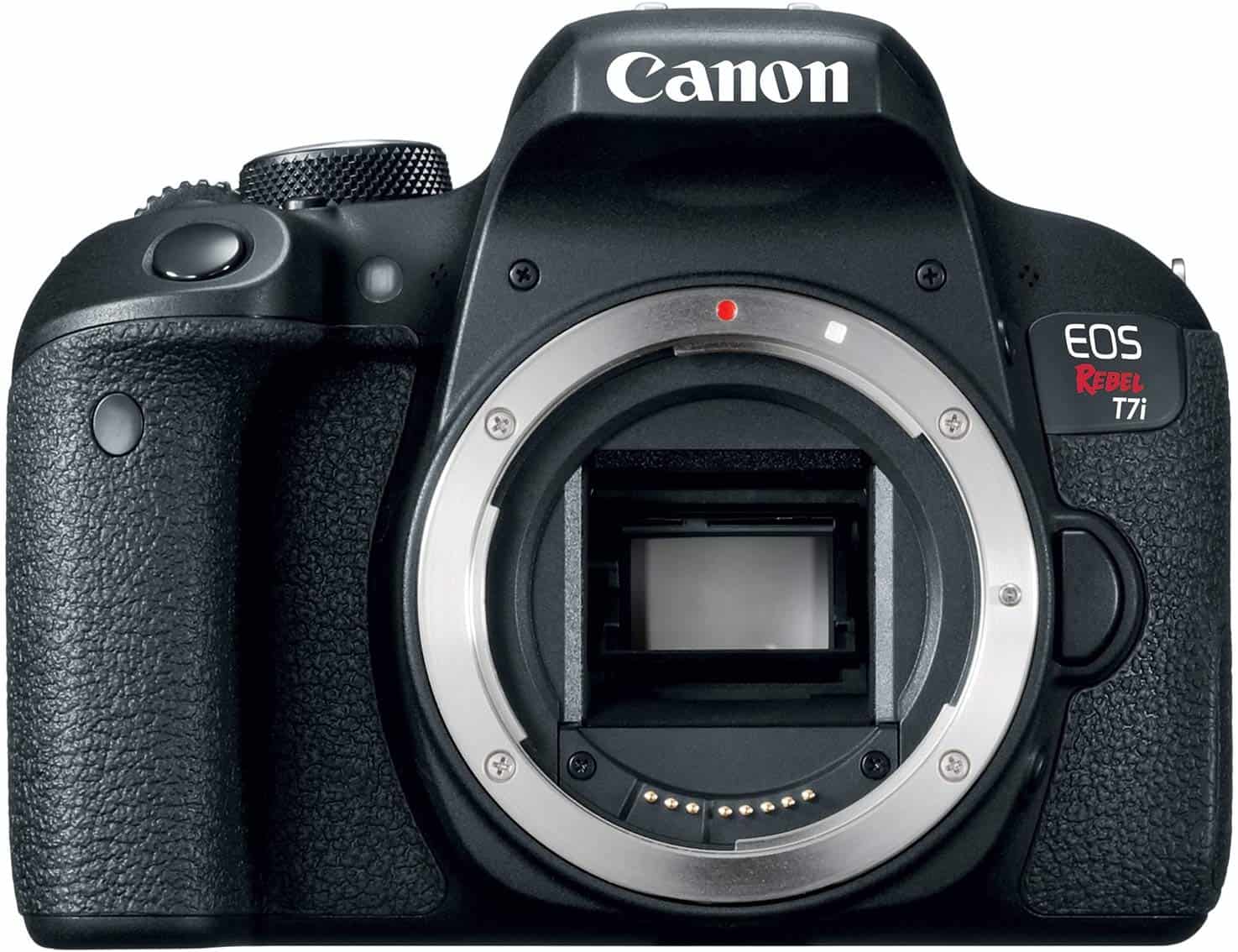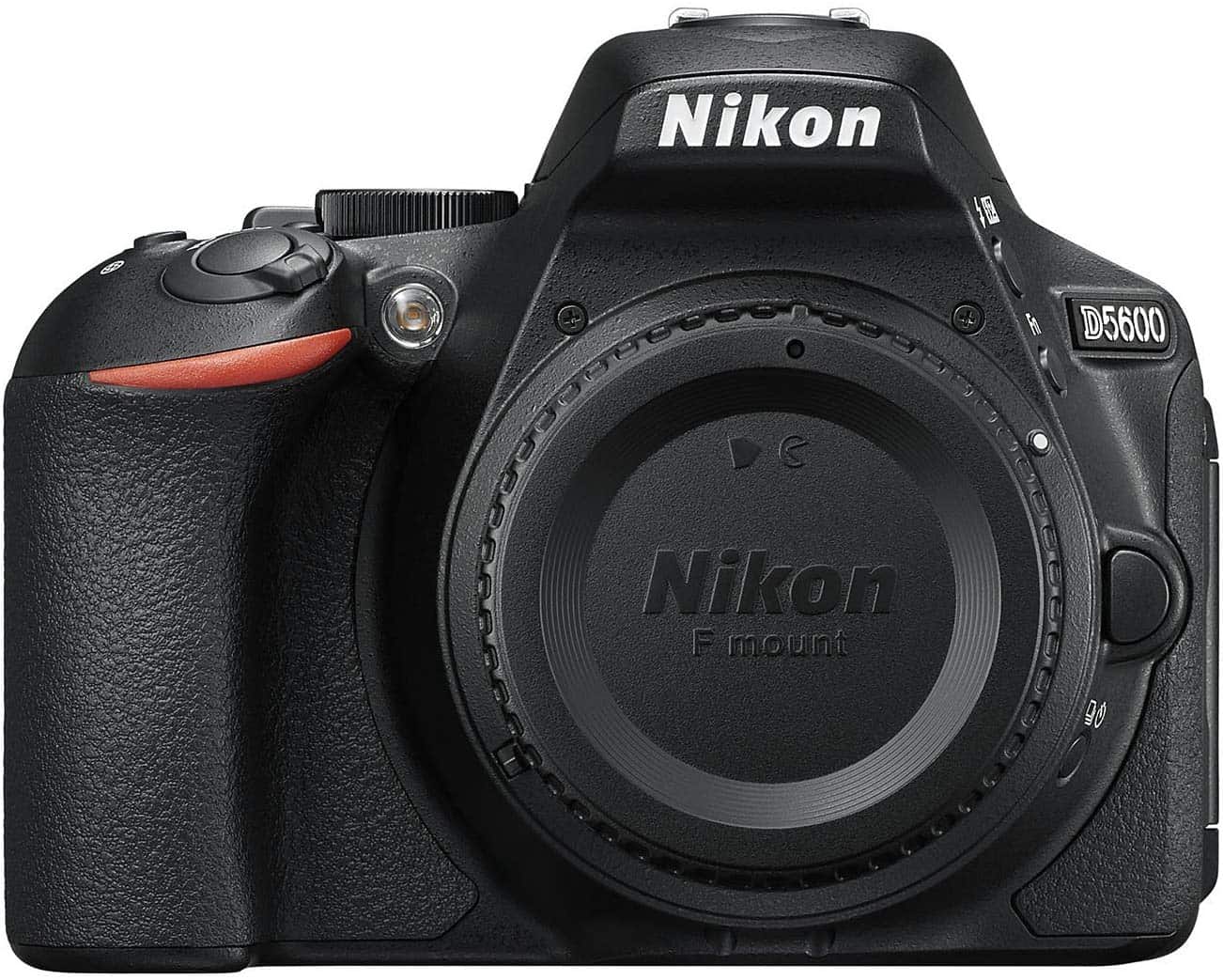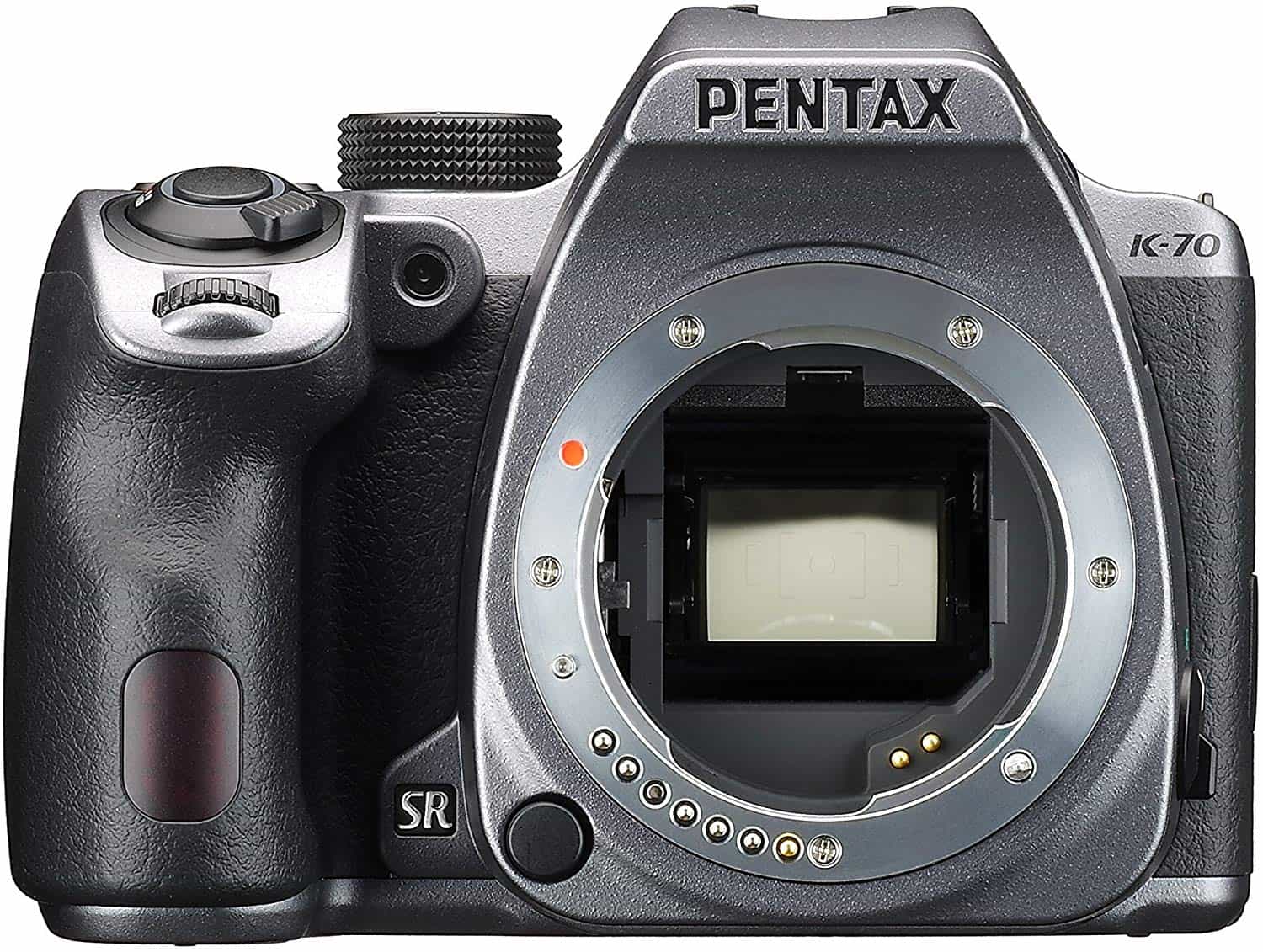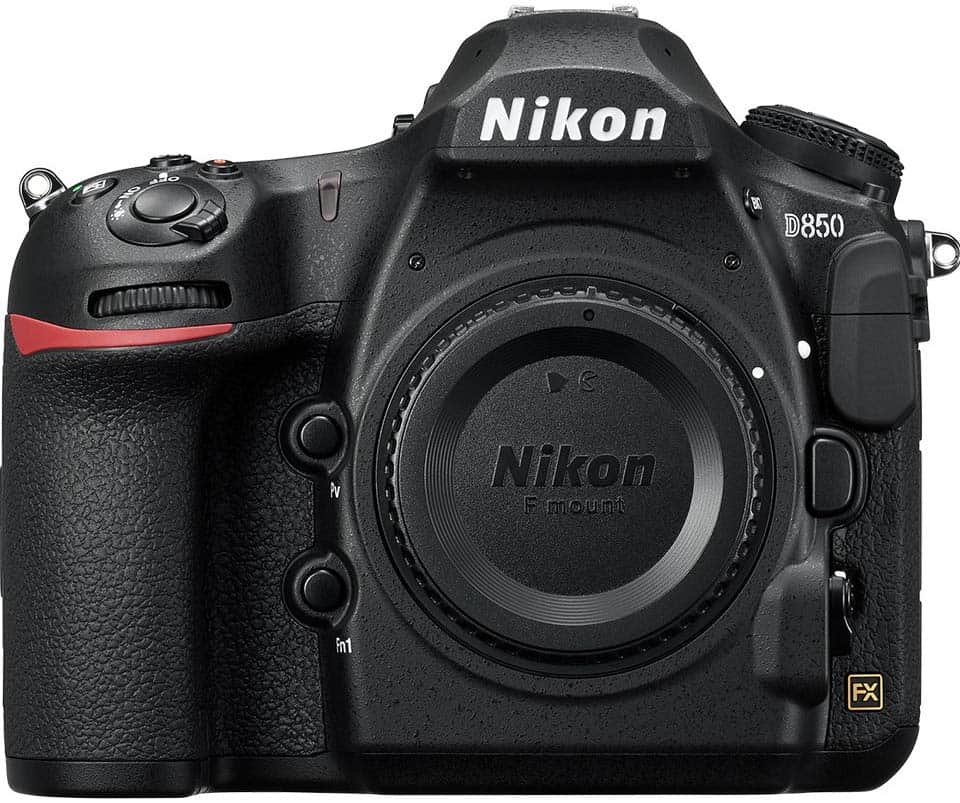Do you ever look up at the moon or the stars and want to photograph the beautiful scene above you? The camera at the back of your phone may seem amazing, but when you use it to take a photo of the sky, you would just see a photo lacking definition and your stars which sucks because you would never be able to capture that exact image again.
However, it is definitely possible to capture those images. The camera industry is always improving their devices so that they could capture the best image with the most limited lighting possible – including making cameras that are able to deliver to those interested in astrophotography.
Long ago, astrophotography equipment used to be very expensive and accessible to only astronomers.
Camera shopping can get a little confusing, especially if you don’t know exactly what you’re looking for. I know when I go in-store to check out cameras, I end up leaving with absolutely nothing because I didn’t do my research and the cameras there all seem like they produce the same quality. But don’t let that fool you because they don’t.
For astrophotography, you will need a camera that is either DSLR or Mirrorless. In a snapshot, these cameras have the ability to improve image quality and boost ISO sensitivity without any compromise in quality or adding those annoying blurs for your image.
Choosing between either DSLR or mirrorless cameras can be a tough choice, especially if you do not have the slightest clue about them. There are many things to consider before buying a camera, especially if you’re using it for astrophotography.
Our Overall #1 Rated Pick
Capture impressive images with the practical and light-weight Canon EOS M100. Its 24.2 megapixel CMOS sensor, you can ensure that you are capturing high-resolution images with an emphasis to sharp, clear detail despite the type of lighting that surrounds you. The Canon EOS M10 makes sure that you are able to capture your astral images with lowlight as it offers its DIGIC 7 image processor making sure your photos and videos look lifelike with minimal grain.
The Canon EOS M10 also includes a 3-inch touchscreen LCD display which allows the photographer to view images in high detail. Along with its easy navigation, a single tap on the screen allows you to select where you want your camera to focus. The touchscreen also rotates 180-degrees perfect for low angle shots and selfies.
Best 10 Cameras for Astrophotography Comparison Chart
Image | Product Name | Ranking | Price |
|---|---|---|---|
1 4.60 | |||
2 4.20 | |||
3 4.50 | |||
4 4.60 | |||
5 4.00 | |||
6 4.60 | |||
7 4.70 | |||
8 4.60 | |||
9 4.50 | |||
10 4.80 |
Best 10 Cameras for Astrophotography Out There
In this section, we review the Top 10 Astro Cameras available for amateurs and professions.
Capture impressive images with the practical and light-weight Canon EOS M100. Its 24.2 megapixel CMOS sensor, you can ensure that you are capturing high-resolution images with an emphasis to sharp, clear detail despite the type of lighting that surrounds you. The Canon EOS M10 makes sure that you are able to capture your astral images with lowlight as it offers its DIGIC 7 image processor making sure your photos and videos look lifelike with minimal grain.
The Canon EOS M10 also includes a 3-inch touchscreen LCD display which allows the photographer to view images in high detail. Along with its easy navigation, a single tap on the screen allows you to select where you want your camera to focus. The touchscreen also rotates 180-degrees perfect for low angle shots and selfies.
Want to take multiple shots in one sitting? The Canon EOS M10 includes continuous shooting as its feature, giving you the ability to capture multiple photos in a burst so that you’re able to capture the exact moment you want.
PROS
CONS
This DSLR camera is simple to use as Nikon has created the D3500 a user-friendly camera for beginning, intermediate or expert photographers. With its compact design, this DSLR camera is not relatively bulky compared to its counterparts which makes it great to carry with you wherever you go. Although its compact, this DSLR is not just that, the D3500 features 24.7 megapixels and captures videos in full high definition at 1080p.
It also features an image sensor that’s 15 times larger than the sensors used in smartphones which enhances the ability of the autofocus producing clearer, sharper and richer images that will be perfect to add to your astrophotography portfolio.
PROS
CONS
With 16-megapixel resolution and built-in flash, the compact Olympus camera is great for capturing images especially at night. Great for beginner and novice photographers alike, the Olympus OM-D E-M10 Mark II has a 5x axis image stabilization. The in-body stabilization allows you to capture sharp, detailed images in an environment with relatively lowlight.
The Olympus OM-D E-M10 Mark II also includes an OLED electronic viewfinder which is safer on the eyes compared to its LED counterpart. In addition, the OLED viewfinder is larger and brighter which allows you to see the image you are capturing before its been captured.
Trying to capture the perfect astral video the world has ever seen? You’re in luck! The Olympus OM-D E-M10 Mark II shoots videos with stabilization that creates the perfect, high quality video.
PROS
CONS
Despite the size of this camera, the Sony Alpha a6000 produces amazing, high definition photos. Having the world’s fastest autofocus at 0.06 seconds, you can ensure you’re capturing all your images without missing a beat. Its 24.3 mega-pixel APS-C sensor allows you to take sharp, clear images that will make your night sky images look like it was taken by a professional.
The Alpha a6000 also features their Tru-Finder OLED electronic viewfinder which is an optical system with four double aspherical lenses providing a wide frame coverage and improving visibility for you to take the best photos to add to your astrophotography collection.
Sony Alpha a6000 takes things up a notch and has created a user-friendly interface that allows you to personalize your camera with camera apps. The apps available for your camera enhances your experience by providing apps that fit your style of capturing images. Since the Alpha a6000 is Wi-Fi compatible, you’re able to upload your photos directly to Facebook!
PROS
CONS
Unlike some of the other cameras mentioned here, the Panasonic LUMIX G7 supports 4K UHD video recording at 30 fps and 24 fps. The unique aspect of the LUMIX G7 is their 4K photo function – which allows you to extract high-resolution photos from the 4K UHD videos that you just captured.
The Panasonic LUMIX G7 is a budget-friendly camera that is sold as a bundle on Amazon which includes everything you need to get started such as a G VARIO 12-42 mm f/3.5-5.6 lens, a supported video microphone that eliminates background noise, 32 GB memory card, replacement battery and a spider tripod.
With is 16 megapixels, this camera is absolutely powerful and when paired with the 12-42 mm f lens, you can ensure that your planetary photos will turn out absolutely stunning.
PROS
CONS
The Canon EOS Rebel T7i professional camera is user-friendly despite its bulky appearance. It features a 45 point autofocus optical viewfinder system along with dual pixel CMOS AF with phase-detection allowing you to capture clear and concise images quickly.
With Canon EOS there are a variety of optional lenses you can choose from if you want to take your photos up a notch and capture sharp, detailed photos and videos. Want to send a photo to your friend right after you shoot it? Say no more, the Bluetooth connectivity on the EOS Rebel T7i allows you to share your photos to your smartphone, providing you with instant access to your images.
PROS
CONS
Similar to the Nikon D3500, the D5600 steps things up by offering better image quality in low light. With Nikon’s Expeed image processor, the ability to shoot at ISO 25,600 and an amazing autofocus, you can rely on this DSLR camera to deliver the exact quality you need without any compromise towards quality or image resolution.
Whether you’re shooting photos of the moon, the milky way, nebulas or just the beauty of the night sky, the D5600 will capture your image flawlessly with its 24.2 megapixels. The high-resolution touch display only adds to the why this camera is fantastic as it operates just like a smartphone – easy and simple to use.
PROS
CONS
With its in-body shake reduction mechanism, the Pentax K-70 reduces any blurry images that are caused by any accidental or sudden movements. This is also perfect for individuals who want to use the camera freehandedly – the movement from shaky hands when zooming into specific objects is reduced ensuring that your pictures look as flawless as before you took them.
Taking pictures when the temperature is a little below comfortable? The Pentax K-70 provides an easy and ergonomic design for users even when wearing gloves. Specifically, for astrophotography, the Pentax K-70 offers a night vision red-light display function which provides optimal visibility in low light areas. In addition to this amazing camera, you are able to coming the K-70 with an optional GPS module that calculates the movements of celestial bodies and captures these difficult images with accuracy and detail.
PROS
CONS
Another Sony mirrorless camera, however this one is a tad bit less budget friendly, but totally worth it if you are passionate about getting those perfect, long exposure shots. With its 24.2 megapixel back-illuminated 35 mm full frame image sensor, along with its front-end LSI and BIONZ X processing engine, you can trust that the Sony Alpha a7 III will provide you with fast shots with high resolution regardless of your light setting.
Oh, and the Alpha a7 features 693 phase-detection auto focus points which provides you with corner to corner coverage, making sure it extends and captures every bit of detail just for you.
Shooting in the dark can also be an absolute breeze. The Sony Alpha a7 III can autofocus on a target in almost near darkness making it perfect for your astrophotography needs.
PROS
CONS
Backside illuminated full frame sensor allows for you to capture the full view in front of you making sure that you’re not missing any details in your images. The Nikon D850 FX-Format is surely not one that is easy on your wallet, but boy is it perfect for taking those breathtaking astral photos. This camera features 45.7 megapixels of stunning resolution, one of the highest resolutions there is.
The D850, similar to the D5600 uses Expeed 5, which is a quicker processor that allows a 45.7-megapixel photo to be processed relatively quickly with a reduced noise, allowing you to capture your images with perfection. With a lower ISO, the D850 expands its dynamic range making it sensitive to consuming every detail.
In low light situations such as taking photos at night, the D850 also features the camera to lower its autofocus down to -4 EV which helps your camera focuses in almost complete darkness. In addition, the NIKKOR primes and zooms are responsive and are also able to capture in lower light.
To top it all off, the D850 offers a 4K time-lapse in the camera settings, supporting 4K UHD sequences. That’s not all. For all time-lapse movies, Nikon makes it as realistic as possible as it offers you to capture 8K-sized images in its interval timer mode.
PROS
CONS
Types of Cameras
Mirrorless Cameras
If you are looking for a camera with a compact body, mirrorless cameras may be what you’re looking for. Unlike other cameras such as DSLR cameras, these mirrorless cameras allow light to pass through the lens and right onto the image sensor. An advantage with mirrorless cameras is that they are suited better for shooting videos as the lack of the mirror within the camera is able to detect better images compared to mirrors with mirrors giving you the perfect definition for your astral videos.
What makes it great for astrophotography?
Mirrorless cameras are light-weight and easy to carry without the bulk of heavier cameras. Great for beginners, they are usually the inexpensive option to a DSLR camera and are able to provide you with fast, detailed images because of the mirror the camera lacks.
DSLR Cameras
Looking for something that will provide you with better pictures? Look no further. DSLR cameras, or – what I like to refer as a bulky camera – has a mirror inside the camera body allowing the light to pass through the mirror and then the light is reflected onto the lens. When the photographer is ready to take the photo, the light falls on to the image sensor. Due to having a mirror on DSLR cameras, it actually has a slower shutter time than mirrorless cameras. However, you can rely on the quality DSLR cameras will provide as they have a supreme low-lighting shooting which enhances and captures your image in the lowest light.
What makes it great for astrophotography?
DSLR cameras offer an amazing performance with its ability to shoot high-quality images in low light. If you are looking for a specific type of image, DSLR cameras allow you to purchase additional lenses which enhances the optical viewfinder that will provide you with a stunning image that will project your ideas of astral photography.
Types of Features to Look For:
To ensure you’re not just picking up just ANY DSLR or mirrorless camera, it’s important to keep some features in mind when analyzing which camera will produce the best images for you.
ISO
The ISO measures the light sensitivity to the image sensor. That being said, it’s important that your ISO levels are 400 and above. The higher the ISO levels, the higher the light sensitivity your camera has and the lower noise your picture will have.
If you are looking for a good camera that captures perfect photos for your lowlight pictures, you may want to look at cameras with higher ISO as they will help you capture the best images. In addition, with higher ISO, if you are moving your camera rapidly, the image displayed on your camera won’t visibly lag compared to cameras with lower ISO.
However, just because your camera has a high ISO doesn’t mean that your picture will be flawless. Instead, your pictures may have to rely on the camera's internal stabilization to utilize the maximum benefits for
Megapixels
As you know, if you hear or see that a camera has a high number of megapixels, then you assume that you’ll be able to capture the best looking pictures. You’re not exactly wrong about that, but you’re not exactly right either. With megapixels, they do help you attain a more quality, detailed image. It also does allow you to zoom into a specific area more closer than the camera with lower pixels. But when you zoom in, you’ll probably notice a lot of noise and that could be a problem.
To reduce the visibility or noise in your photo using a combination of internal camera stability and a good level ISO (400-1600 and above) and a sensor that can pick up majority of your frame you can maximize your photography even with a lower megapixel as well.
Shooting in Digital RAW
When looking for a camera for astrophotography, the ability you to shoot in digital raw is important. Most cameras shoot JPEG images, which are compressed images. However digital raw takes a photo while retaining the information in the original images, producing a larger image. It also gives you more flexibility in terms of modifying and editing the image.
FAQs
What types of astrophotography images can I take?
There are numerous types of astrophotography images you can take to feel like you’re closer to the sky. However, with DSLR and mirrorless cameras, you can only reach images that extend so far. With a camera and your tripod, you can take beautiful images of the night sky covered in stars and nebulas.
Is DSLR or Mirrorless better?
DSLR cameras are better because they are cheaper if you are purchasing additional lenses. Mirrorless cameras don’t have a lot of native lenses made for them which may cost you more in the long run.
Why does my camera sensor matter?
Photo size sensors pretty much determines how much light is reflected into the camera to create and capture your image. In order to take the best image possible, the sensor picks up on more information about your surroundings than a small sensor which will result in better images.
Is shutter speed important?
In simple terms, the shutter speed determines how long your camera sensor is exposed to light, take the image and is ready for another. For activities that require fast pace movements such as a sport, shutter speeds and burst shots are a must have because you don’t want your camera to miss important images due to a 20-second lag.
However, for astrophotography a longer shutter speed is can be more beneficial than a quicker one as you don’t need to necessarily need to eliminate or avoid any motion blurs while capturing your night sky images.Final Words
An important fact to know when choosing either mirrorless or DSLR cameras are that there are lens add-ons that are optional but can enhance your view significantly making your astrophotography come to life despite the specifics of the actual camera. However, by purchasing additional lenses for your camera, it could result in a bigger expense overall, especially if some cameras (mainly mirrorless) don’t have many native lenses that are affordable.
For astrophotography, all these cameras are great, but do keep in mind all these cameras are versatile and can be used for many things aside from from taking astral images. When choosing a camera, a good tip is to analyze the features and benefits and incorporate it into your daily life to maximize the use of your camera.
If you’re unsure and don’t have any clue what to get still, we do recommend that you check out the Canon EOS Rebel T7i (DSLR) as it is the most budget friendly, and you are getting a high ISO level of 51200 and in camera stabilization along with 24.2 megapixels to ensure your capture quality is just as you expect it to be.
If you don’t agree with our recommendation, tell us why in the comments below and let us know which camera you think is best to shoot those amazing planetary images!

